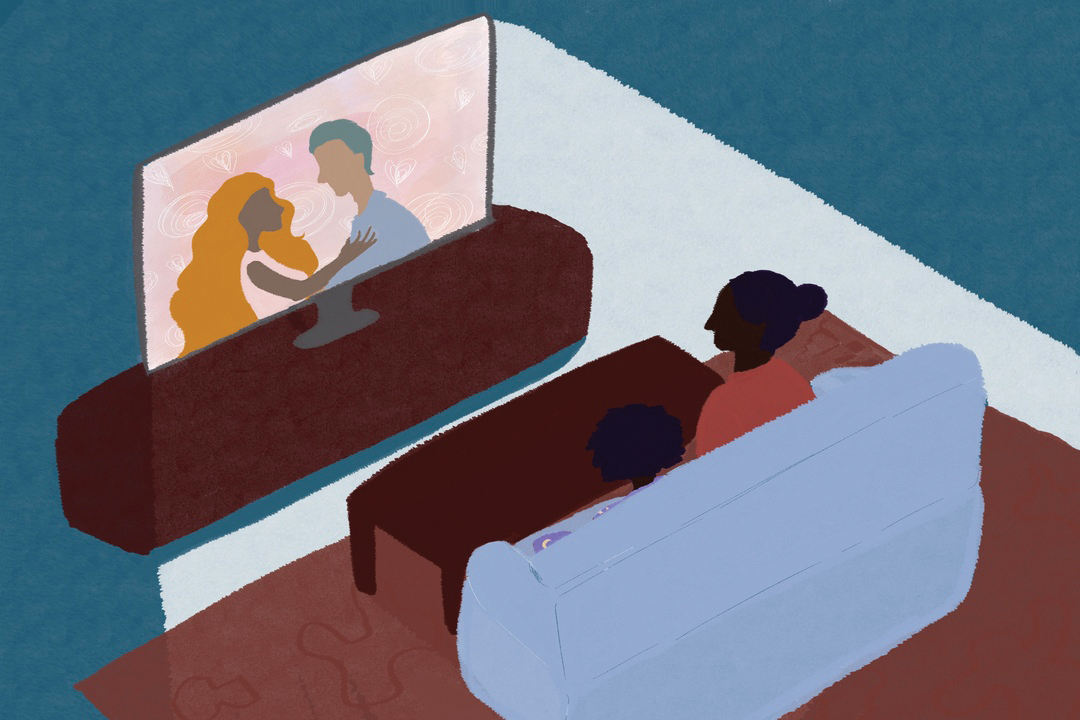Zendaya, Tessa Thompson, Zoë Kravitz, Amandla Stenberg — what do all these names have in common? Aside from being young, subjectively talented actors, they are all what I’d like to call Hollywood’s ‘acceptable’ version of Black.
All of the aforementioned actors are biracial or light-skinned, meaning that they benefit from a form of discrimination against darker-skinned people that we call colourism — also known as “the daughter of racism.” The term ‘colourism’ was only very recently integrated into formal dictionaries, although the phenomenon where privilege is associated with proximity to whiteness has been studied for decades — most notably by Alice Walker, who defined it as “prejudicial or preferential treatment of same-race people based solely on their colour” in her book In Search of our Mothers’ Gardens.
Colourism is so much more than a surface-level issue; it permeates countless facets of everyday life, including employment, relationships, housing, and personal safety. In the context of the film and television industries, it utterly warps the portrayal of Black people — specifically, Black women — in the media, and it does a grave disservice to dark-skinned people of all races.
It’s never been a secret that Hollywood has prevailing issues with diversity, inclusion, and representation. In 2019, people of colour made up a paltry 17 per cent of leading roles, 14 per cent of film directors and screenwriters, and nine per cent of studio executives. Several award shows — most recently, the Golden Globes — have been blacklisted for being “whitewashed,” and Black actors have begun speaking earnestly about discrimination and abusive conditions they’ve faced on set.
However, along with the industry’s meagre attempts to solve this problem, an entirely new beast has been unleashed.
Take the 2018 film The Hate U Give, for example. The box-office adaptation of Angie Thomas’ New York Times bestselling novel ostensibly meant a lot to Black women — specifically, darker-skinned women like myself, who felt like we could see ourselves represented in the protagonist, Starr Carter. After all, the original cover illustration depicted her as dark-skinned.
This is why it came as a shock when Thomas announced that Stenberg, a light-skinned actor, had been cast as the principal lead.
Although Thomas tried to tell audiences that she had intended for Stenberg to be cast all along, her illustrator revealed that the cover illustration had followed the exact description of the character that she had been provided, saying that she was just as perplexed as everybody else.
This is just one in a long line of examples in which a light-skinned actor has been cast in a role canonically meant for a darker-skinned woman. For instance, Zoe Saldana used makeup several shades darker than her skin tone to portray real-life American singer and civil rights activist Nina Simone. What more can be said when an industry would more readily spend money to darken an actor’s skin and craft a prosthetic to give them a rounder, wider nose, than cast an actor who has the lived experience of being dark-skinned?
And then there are the reactions of lighter-skinned actors in response to the consensus about them dominating the industry. Zendaya commented that she acknowledges the privilege that she has and goes out of her way to audition for roles meant for white women, while Thandiwe Newton recently broke down in tears, focusing on her own feelings of dejection that “women who looked like her mom” didn’t feel represented by her. But how could we? We don’t look like Newton!
While there is nothing inherently wrong with light-skinned actors being cast in leading roles, and it is still a step in the right direction in regard to decentring white narratives in film and television, one must ask themselves why Hollywood executives are so keen on making the default Black character in any given film or TV series light-skinned.
There are a plethora of assumptions and stereotypes associated with dark skin that are in direct contrast with how society views lighter, or whiter, skin. Dark-skinned people are perceived as more aggressive, more resistant to pain, more masculine, unattractive, and strong to a fault. Rarely are we afforded the chance to be seen as delicate, fragile, vulnerable — in other words, to be seen as fully human. To exclude us from well-rounded narratives like coming-of-age, romance, and supernatural stories is to rob us of our multifacetedness. One of the best parts of Black culture is the fact that we are not monolithic; our community prides itself and finds its strength in the fact that we share both common and divergent identities.
As a film lover and a TV connoisseur, I deserve more than to see the erasure of girls and women of my skin tone and of darker skin tones. We are women who grew up being compared to their lighter-skinned friends, who desperately wished that they could have looser curl patterns and were told to stay out of the sun lest they become even darker. Our stories matter, too; I, for one, refuse to be relegated to the sidelines any longer.
Abi Akinlade is a third-year English and drama student at Woodsworth College. She is an associate opinions editor at The Strand.


